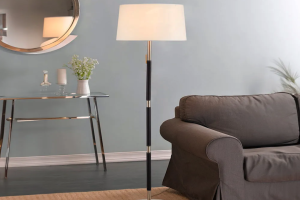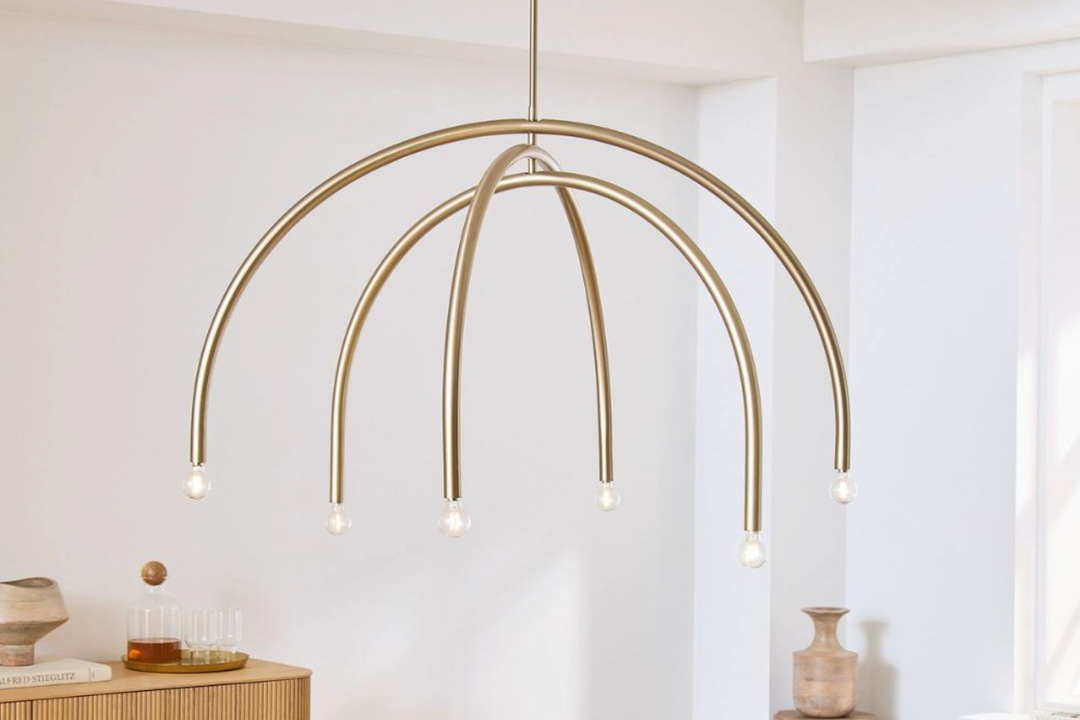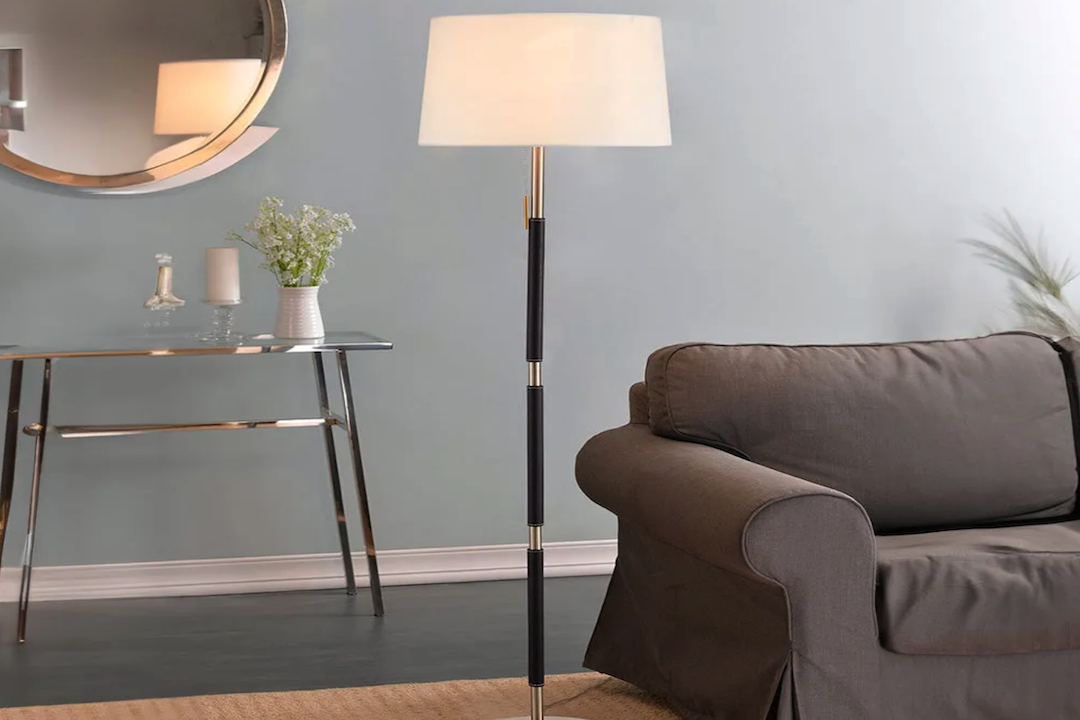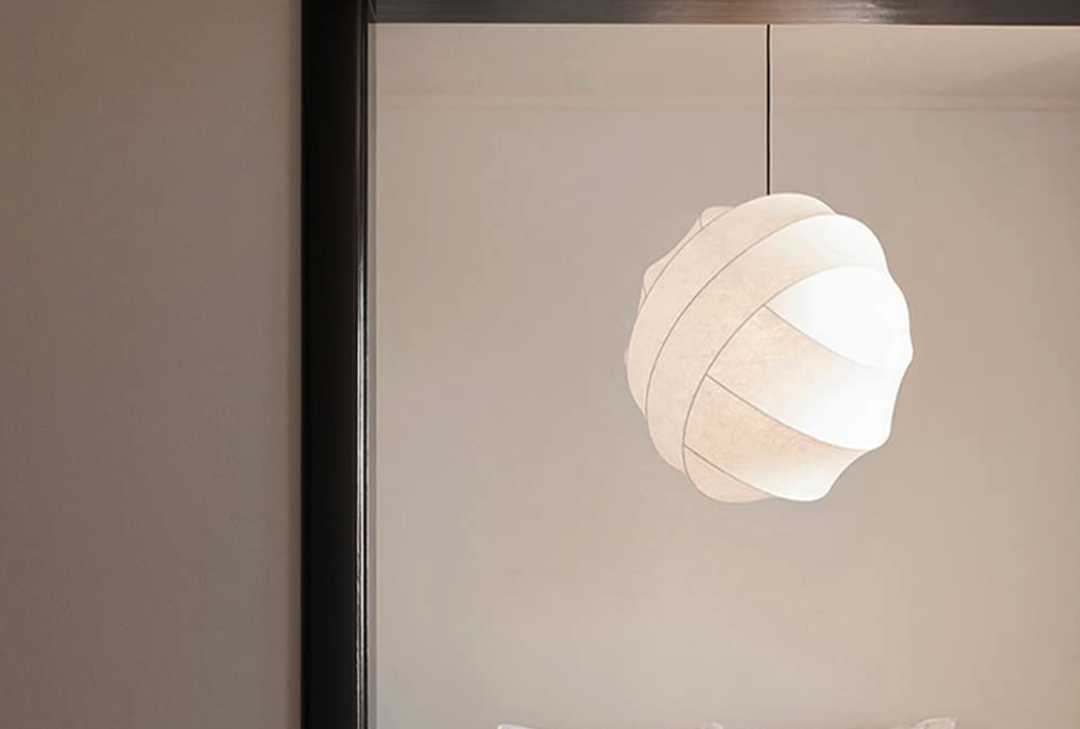In recent years, the lighting industry has witnessed a significant transformation with the advent of Organic Light Emitting Diode (OLED) technology. Unlike traditional lighting solutions, OLED desk lamps utilize organic compounds that emit light when an electric current is applied. This innovative approach not only enhances the aesthetic appeal of lighting fixtures but also offers a plethora of functional advantages.
The sleek, thin profile of OLED panels allows for unique designs that can seamlessly integrate into modern workspaces, making them an attractive option for both home and office environments. The rise of OLED desk lamps is indicative of a broader trend towards energy-efficient and environmentally friendly lighting solutions. As consumers become increasingly aware of their carbon footprint and the importance of sustainable living, the demand for products that align with these values has surged.
OLED technology stands out in this regard, as it provides a high-quality light source while consuming significantly less power than traditional incandescent or fluorescent lamps. This article delves into the myriad benefits of OLED desk lamps, exploring their design features, energy-saving capabilities, customization options, and practical applications.
Benefits of Low-Power OLED Technology
One of the most compelling advantages of OLED technology is its low power consumption. OLED desk lamps typically require far less energy to operate compared to conventional lighting options. For instance, while a standard incandescent bulb may consume around 60 watts to produce a similar amount of light, an OLED panel can achieve the same brightness with just 10 to 15 watts.
This remarkable efficiency not only translates to lower electricity bills for consumers but also contributes to reduced greenhouse gas emissions, making OLED lamps a more sustainable choice. Moreover, the low power requirements of OLED technology allow for innovative designs that were previously unattainable with traditional lighting methods. The thinness and flexibility of OLED panels enable manufacturers to create ultra-slim desk lamps that can be easily integrated into various environments.
This versatility is particularly appealing in modern office spaces where minimalism and functionality are key design principles. Additionally, the ability to produce light without the need for bulky components such as reflectors or diffusers means that designers can explore new shapes and forms, resulting in aesthetically pleasing products that enhance the overall ambiance of a workspace.
Design Features of Efficient OLED Desk Lamps
The design features of OLED desk lamps are one of their most striking attributes. Unlike traditional lamps that often rely on bulky bulbs and fixtures, OLED lamps are characterized by their sleek and minimalist profiles. The panels can be made in various shapes and sizes, allowing for creative freedom in design.
For example, some models feature curved or asymmetrical designs that not only serve as functional lighting but also as artistic statements within a room. This adaptability makes them suitable for diverse settings, from contemporary offices to cozy home study areas. In addition to their visual appeal, many OLED desk lamps incorporate adjustable features that enhance usability.
Some models come equipped with touch-sensitive controls that allow users to easily adjust brightness levels or switch between different color temperatures. This level of customization ensures that users can create the ideal lighting environment for their specific tasks, whether it be reading, writing, or working on intricate projects. Furthermore, the uniform light distribution provided by OLED technology minimizes harsh shadows and glare, contributing to a more comfortable working experience.
Energy-Saving Features and Sustainability
The energy-saving features inherent in OLED desk lamps extend beyond their low power consumption. Many models are designed with smart technology that further enhances their efficiency. For instance, some lamps include built-in sensors that detect ambient light levels and automatically adjust their brightness accordingly.
This not only conserves energy but also ensures optimal lighting conditions throughout the day. By utilizing such intelligent systems, users can enjoy a well-lit workspace without the constant need for manual adjustments. Sustainability is another critical aspect of OLED desk lamps that resonates with environmentally conscious consumers.
The materials used in OLED technology are often more eco-friendly compared to those found in traditional lighting solutions. For example, OLED panels do not contain hazardous substances like mercury, which is commonly found in fluorescent bulbs. Additionally, the longevity of OLED lamps—often exceeding 25,000 hours—means that they need to be replaced less frequently, reducing waste over time.
As society increasingly prioritizes sustainability in product choices, the appeal of energy-efficient and environmentally friendly lighting solutions like OLED desk lamps continues to grow.
Customization and Control Options
Customization is a hallmark of modern lighting solutions, and OLED desk lamps are no exception. Many manufacturers have embraced this trend by offering a range of control options that cater to individual preferences and needs. For instance, some models feature app connectivity that allows users to control their lamp via smartphones or tablets.
This level of integration not only provides convenience but also enables users to create personalized lighting schedules or adjust settings remotely. In addition to app-based controls, some OLED desk lamps come equipped with voice-activated technology compatible with smart home systems. This feature allows users to adjust brightness or switch the lamp on and off using simple voice commands, enhancing accessibility for individuals with mobility challenges or those who prefer hands-free operation.
The combination of these advanced control options empowers users to tailor their lighting experience to suit their specific tasks and moods, further solidifying the position of OLED desk lamps as versatile and user-friendly solutions.
Comparison with Traditional Desk Lamps
When comparing OLED desk lamps to traditional lighting options, several key differences emerge that highlight the advantages of the former. Traditional incandescent bulbs are known for their warm light quality but are notoriously inefficient, converting only about 10% of energy into visible light while wasting the rest as heat. In contrast, OLED technology offers a more efficient light source with minimal heat generation, resulting in cooler operating temperatures and reduced energy consumption.
Another significant distinction lies in the lifespan of the two technologies. While incandescent bulbs typically last around 1,000 hours before burning out, OLED panels can last up to 25 times longer under optimal conditions. This longevity not only reduces the frequency of replacements but also contributes to lower overall costs in terms of both purchasing new bulbs and disposing of old ones.
Furthermore, the environmental impact associated with manufacturing and disposing of traditional bulbs is considerably higher than that of OLED lamps due to their shorter lifespan and hazardous materials.
Applications and Use Cases
The versatility of OLED desk lamps makes them suitable for a wide range of applications across various settings. In home offices, for instance, these lamps provide an ideal solution for individuals who require focused lighting for tasks such as reading or working on computers. The ability to adjust brightness levels and color temperatures allows users to create an environment conducive to productivity while minimizing eye strain.
In educational settings, OLED desk lamps can enhance learning experiences by providing consistent and comfortable lighting for students engaged in reading or studying. Their sleek designs can also complement modern classroom aesthetics while promoting an atmosphere conducive to concentration and creativity. Additionally, in creative industries such as graphic design or photography, the accurate color rendering capabilities of OLED technology ensure that professionals can work with precision and confidence.
Conclusion and Future Developments
As we look towards the future of lighting technology, it is clear that OLED desk lamps will continue to play a pivotal role in shaping how we illuminate our workspaces and living environments. With ongoing advancements in organic materials and manufacturing processes, we can expect even greater efficiency and performance from these innovative lighting solutions. Researchers are actively exploring ways to enhance the brightness and lifespan of OLED panels while reducing production costs, which could further accelerate their adoption across various markets.
Moreover, as smart home technology continues to evolve, the integration of OLED desk lamps with other devices will likely become more seamless. Future developments may include enhanced connectivity features that allow for greater interoperability between different smart devices within a home or office ecosystem. As consumers increasingly prioritize sustainability and energy efficiency in their purchasing decisions, OLED desk lamps stand poised to lead the charge towards a brighter and more sustainable future in lighting design.









